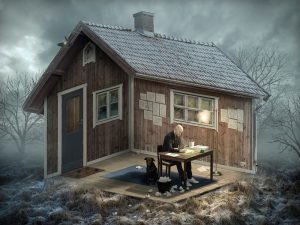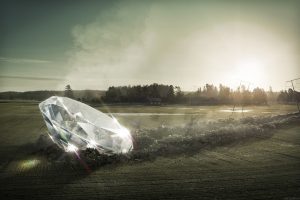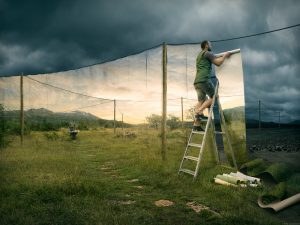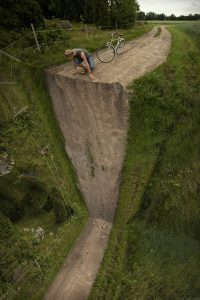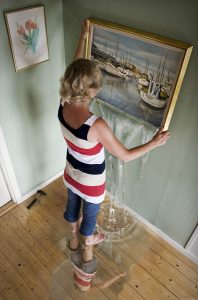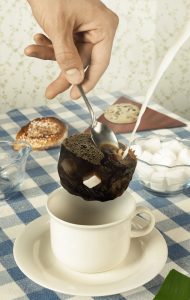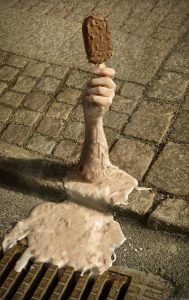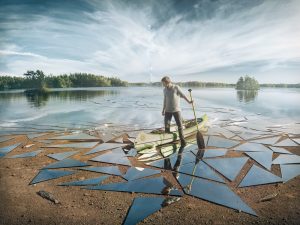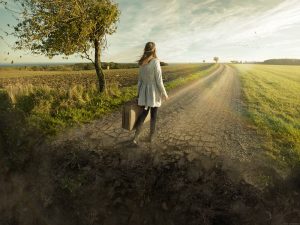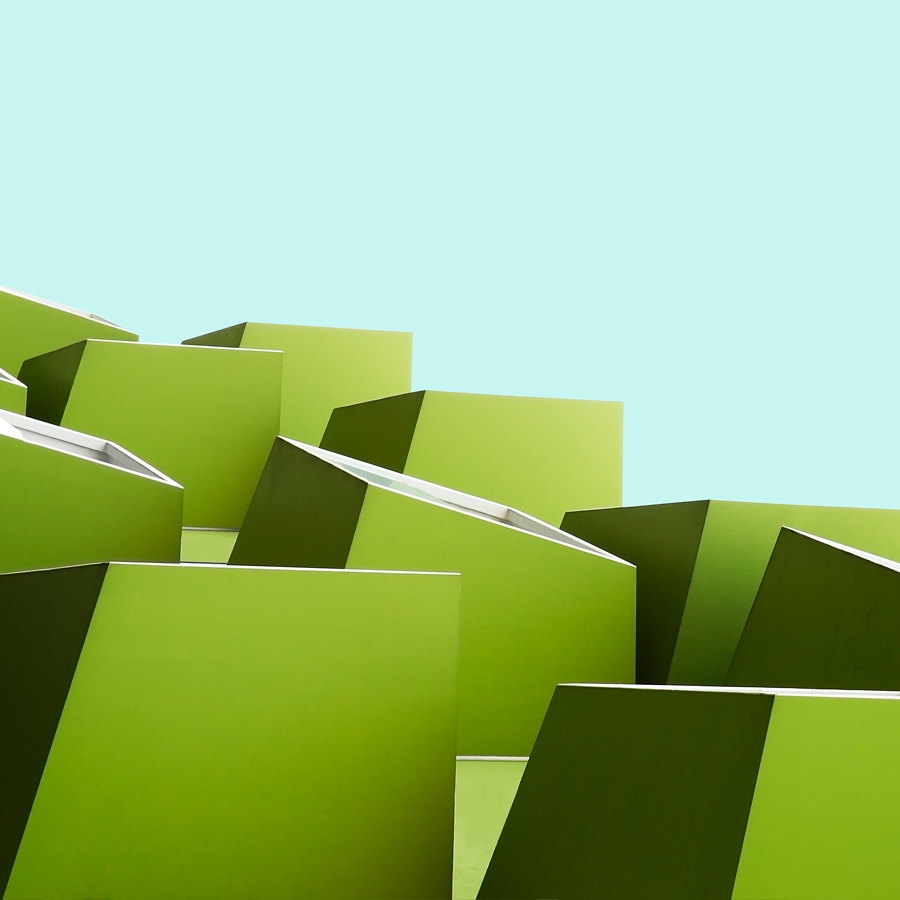“Come with me, and you’ll be in a world of Pure Imagination.” Sincerely yours, the Master of Illusions
Hold your breath, Make a wish, Count to three. I could not help but recall Willy Wonka’s theme song when I finished interviewing Erik Johansson. This 31 year-old artist from Sweden (Götene) will blow you away with his photography, Photoshop skills… and imagination for titles.
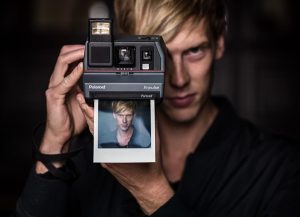 Erik Johansson grew up in a farm, is a nature lover and he is the master of photo manipulation. In 2005, he moved to Gothenburg for college where he studied Computer engineering at Chalmers University of Technology and he has now a Master in Interaction Design . After spending his early adult life in Sweden, in 2012, he packed his bags and started fresh in Berlin: the city of contrasts. Now, he is based in Prague, since last year: constantly restarting, got his inspiration going.
Erik Johansson grew up in a farm, is a nature lover and he is the master of photo manipulation. In 2005, he moved to Gothenburg for college where he studied Computer engineering at Chalmers University of Technology and he has now a Master in Interaction Design . After spending his early adult life in Sweden, in 2012, he packed his bags and started fresh in Berlin: the city of contrasts. Now, he is based in Prague, since last year: constantly restarting, got his inspiration going.
He mentioned that music was a very important part of his work. And so, while writing this article, I figured I’d immerse myself into his world and listen to what he listens when he does the post production. I love electronic music so this definitely won me over, as if his pieces weren’t enough – give it a try with his Spotify playlist. It will get you in a good flow for this read.
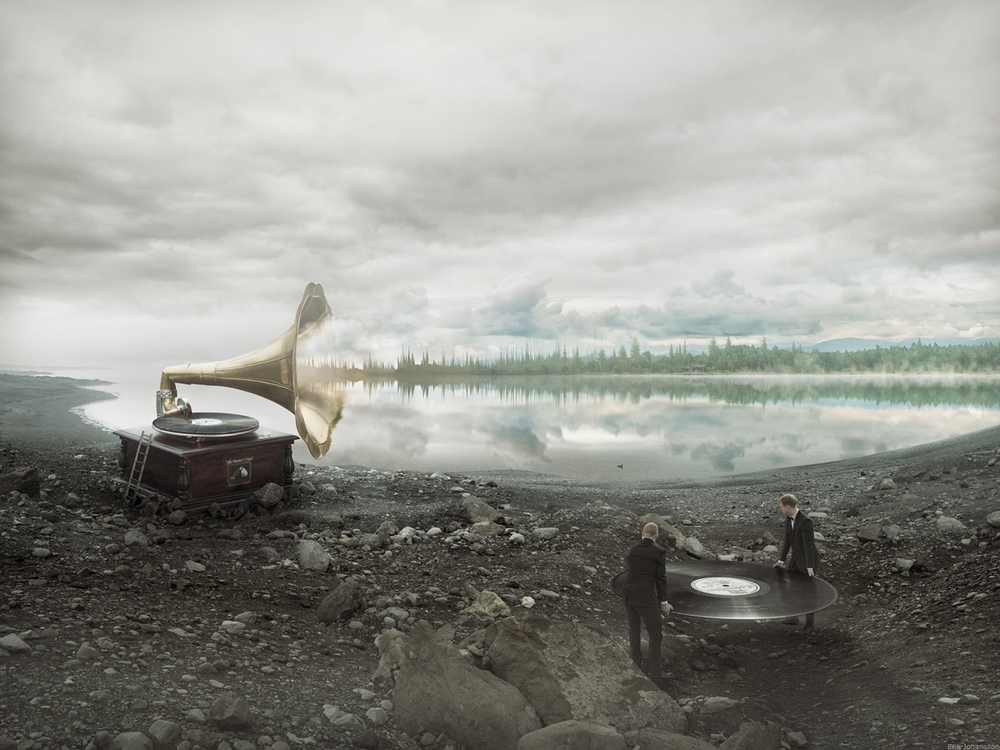
Tell us a little bit about yourself, what got you into photo manipulation?
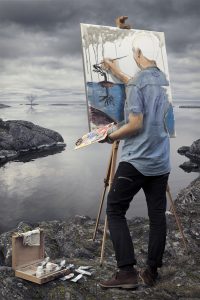
E.J.: For as long as I can remember I have liked drawing. When my mom asked me how my day in school was I would draw a comic showing how it was, rather then telling her. I got my first digital camera at 15 – a very simple point-and-shoot Fuji film camera – and it opened up a new world to me.
I was used to drawing, so it felt quite strange to be done after capturing a photo; once you press the trigger you’re done. I felt like I wanted to do something more to the photos and having an interest in computers made it quite a natural step to start there. I would play around with the photos on the computer trying to create something that you couldn’t capture with the camera, mostly very basic modifications like changing color or putting my little sisters on our roof top. That’s how I got started in photo manipulation.
I learned by trying but it became a profession only years later.
How would you describe your style?
E.J.: I can’t really say that I’ve decided what I want my style to look like. It becomes what it becomes, I just realize the ideas that come to my mind and I didn’t chose develop a specific style to make that happen. But if we were to put a label on it, photo realistic surrealism. Surreal ideas realized in a realistic way with a touch of humor.
Did you always want to be a photographer?
E.J.: No, this came later on. Actually, I was studying Computer Engineering in college. By that time, I wasn’t planning on doing photography for a living. To be honest, I couldn’t imagine it to be a real profession
It was just a fun hobby and didn’t really believe that fun and work could be combined
So, what took it from a hobby to a profession?
E.J.: In college, a friend of mine, Eric, bought a DSLR (Canon EOS 350d). We would go out and take pictures together. Once I tried it, it felt completely different from those simple point and shoot cameras I had used until then. So a year later, I bought a DSLR of my own (Canon EOS 400d). It was a pretty big investment at the time considering I was still a student – so similarly, I started investing more time to photo manipulating them. I had a lot of ideas that I wanted to bring to life!
My business took off after publishing some of my images online. I started to get requests helping out with some retouch for a few local advertisement agencies. Besides school, I slowly started freelancing while still working on my personal projects. I got more and more jobs and by the time I finished my studies with a master in Interaction Design I felt like I rather wanted to try out the photography path, at least for a while to see how it went.
I moved to Norrköping in the eastern part of Sweden to try out the life of a freelance. I would work for some advertisement agencies in town but, soon, I also got requests from abroad.
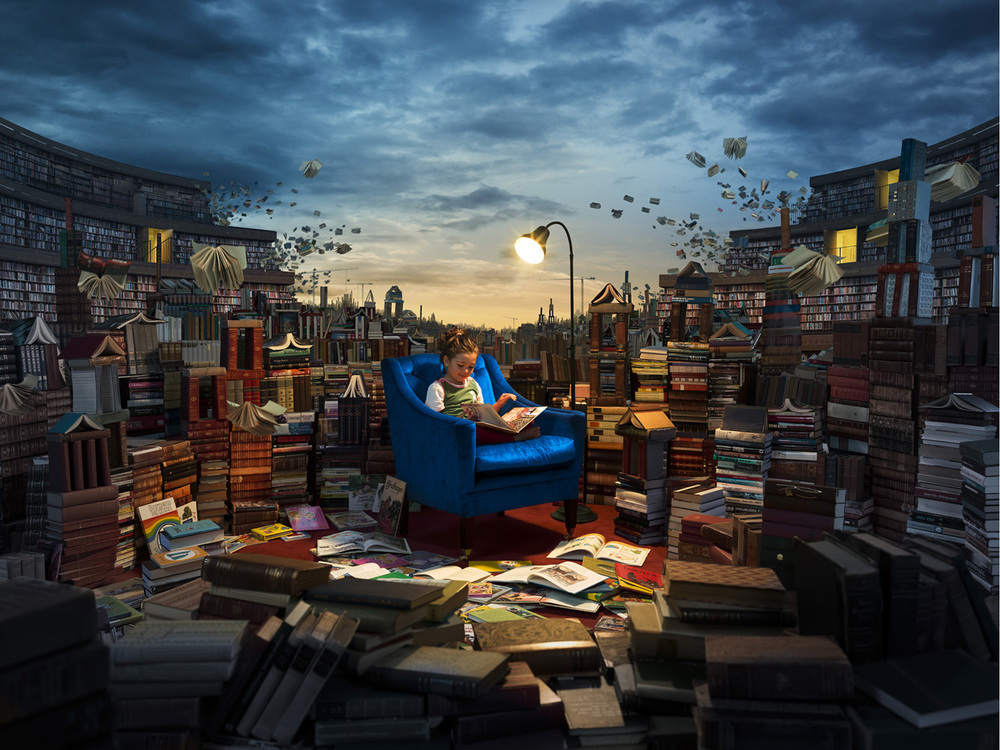
What are you up to now?
E.J.: Today I work on both personal and commissioned projects, sometimes quite unusual like a street retouch prank or anamorphic illusion installations. I’ve been working with clients such as Google, Adobe, Microsoft and National Geographic. I love doing my personal projects and but it’s also satisfying making someone else’s vision come to life with the commissioned work.
Walk us through the creating process: from the idea to the final piece
E.J.: There are three parts to the creation of a piece. It always starts with the sketch, the idea. Not many of them actually come to life, but it’s worth the try.
I like the challenge of bringing sketches to life in a photo.
First off, planning. Once I’ve come up with an idea that I think is good enough to realize I need to find the places I need to shoot to put the photo together. This can take anywhere between a few days to several months, sometimes years but it is the most important step as it defines the look and feel of the photo, it’s my raw material. It involves problem solving, how to make all the components of the photo realistic: the perspective, reflections, materials and light etc.
Secondly, shooting and collecting that raw material. I never use stock photography in my personal projects, I always want to be in complete control of my photos and feel like I’ve done everything myself.
The final part is putting the photos together. This takes anything from a few days to several weeks. It’s actually the easiest step. It’s like a puzzle and it goes smoothly if step 1 and 2 were done correctly: I have all the pieces, I just need to put them together.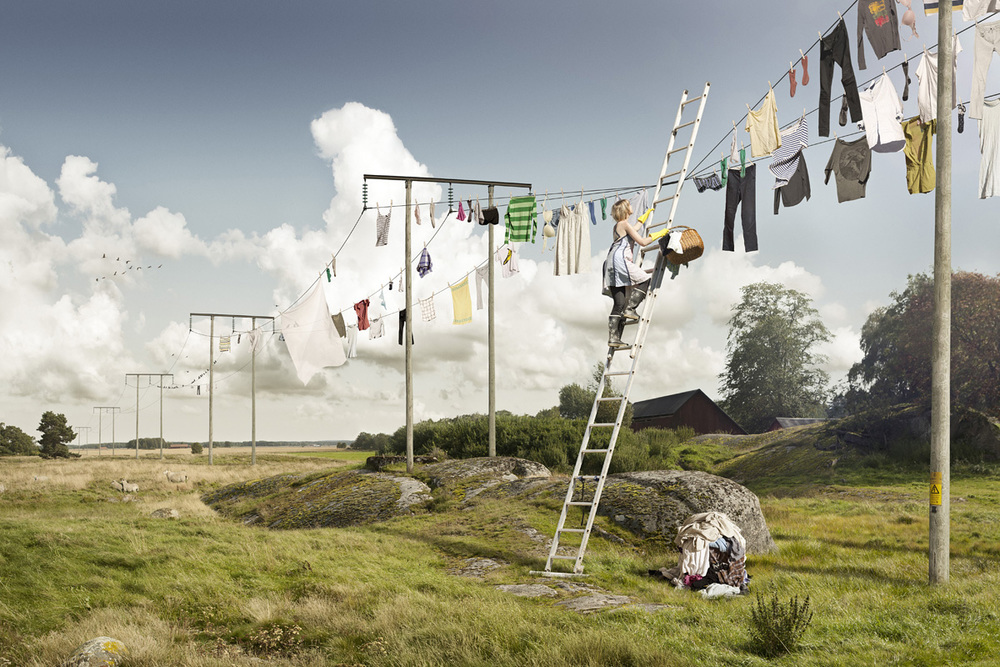
Where do you get your inspiration from?
E.J.: I think growing up on the Swedish countryside had a big impact on my visual style. A lot of the environments in my photos are captured near places I know, around my parents’ home with wide open landscapes and small red houses. Inspiration is everywhere and once you learn the tools,
You’re only limited by your own imagination.
I get inspiration from all things around me. Anything from things I see in my daily life to other artist’s work and music. I think it’s a lot about looking at the world from a different perspective. I get more inspiration from painters rather than photographers: Dali, Magritte, Yearka, Gonsalves… you name it!
Inspiration lies within the contrast between things.
What’s next?
E.J.: I’m in my thirties now and I feel like I’m just getting started for real. There are so many more projects waiting to be put to life.
If you want to see more of his work, check his website, his book and follow him on Instagram (@alltelleringet @erikjohanssonphoto) !


